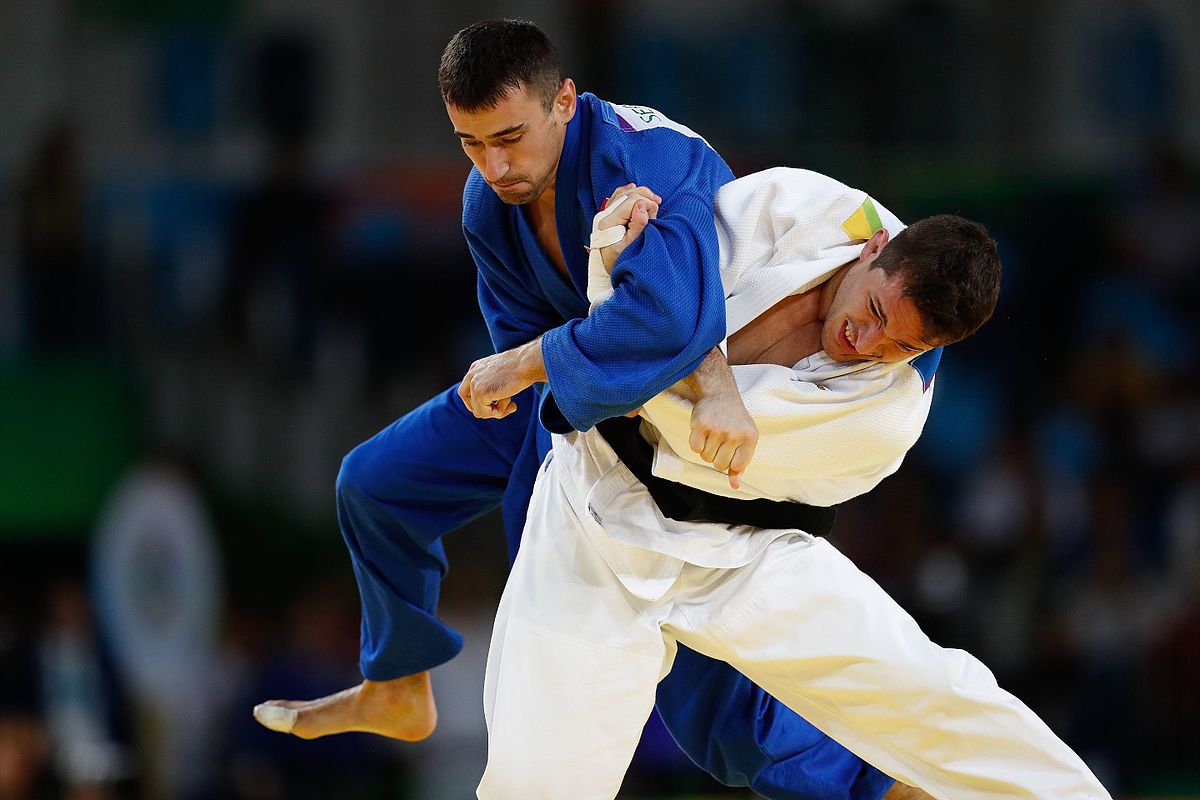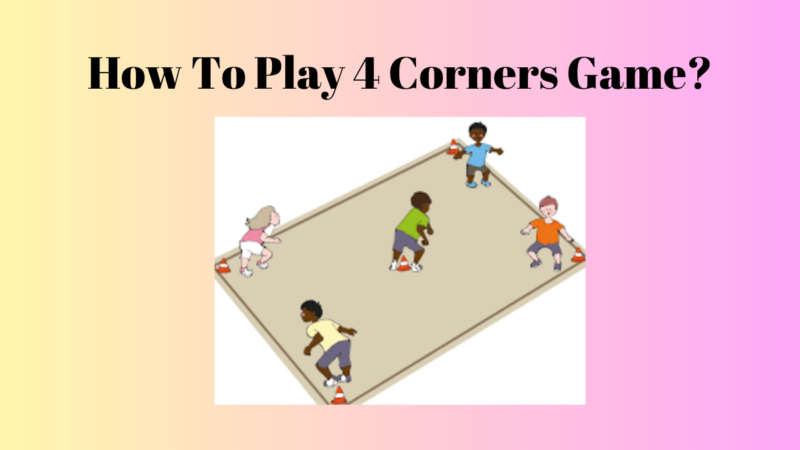Elucidated: What Is Judo? Judo Belts, And More

The Judo is a popular Japanese sport played around the world for various purposes like physical health, defense, and more. There are also various judo belts that rank the practitioners of this martial art.
Nowadays, when you see practitioners of any kind of martial arts, you may most probably see belts on their waists. This is where it gets really confusing as it’s hard to know which style they practice or what level they are at. However, Judo was the first martial art that introduced the judo belts for ranking the practitioners.
To help you better understand the judo belts and what is Judo, we have prepared a comprehensive guide for you below in the article.
What is Judo?
Judo is a martial arts style that originated in Japan. It is also an Olympic sport that involves the use of leverages and holds for submitting to the opponents.
What Does Judo Mean?
We can break down the term “Judo” into two parts. These two parts are:
- “Ju” means “gentle.”
- “Do” means “way.”
This divide of the words holds the true definition of the Judo. It represents this martial arts main concept which is “gentleness controls the hardness.”
Now for further understanding of the question of what is Judo let’s see some more facts about it like its history, origins in the USA, Olympic Version, and more.
History Of Judo
The history of Judo is as interesting as the game itself. It originated in Japan in the year 1882. The founder of this game was Jigoro Kano.
Jigoro as a teenager, was always bullied as he was small in size and weak. Due to this, he began to practice Jiu-Jitsu at the early age of 17. He was a dedicated practitioner, and in just some years, he even ousts his teacher in the skills. By this time, Jigoro had developed his own philosophy and techniques, which gradually evolved in Judo. Thus we can say Judo has evolved from Jiu-Jitsu.
Initially, Jigoro did not want to develop a new kind of martial arts but instead wanted to refine the Jiu-jitsu itself. However, soon Jigoro realized that what he was practicing was much different from Jiu-Jitsu, and it needed a separate name and identification. Thus the innovation of the Judo.
Judo vs. Jiu-Jitsu
Jigoro viewed the martial art of Jiu-Jitsu as a mere collection of the physical techniques for combat. While on the other hand, Judo encompassed the way of life and philosophy in combination with specific techniques of amtrak arts. Jigoro Judo philosophies include the following:
- Mutual benefit and welfare.
- Minimum effort resulting in maximum efficiency.
- Softness controls hardness.
Other than these, Judo also has a code of morals, which includes various principles like courage, modesty, self-control, politeness, sincerity, respect, and friendship. There is a famous incident that illustrates these principles of the Jigoro. In 1889 he was traveling on a ship when one foreigner insulted him and made fun of his small size. This led Jigoro to throw the man down by using a type of Judo throws technique, but while doing this, he also put his hand under the foreigner’s head so that he wouldn’t hit his head and get hurt.
This incident from the ship also highlights that Jigoro emphasized safety. From the Judo, Jigooro vanished some throws from the Jiu-Jitsu as he thought they were too dangerous to be practiced safely. So, the Judo throws don’t include all Jiu-Jitsu throws.
Judo In The USA
Judo can be said to have the most famous story for American origin for any of the martial arts. In the year 1902, Yoshiaki Yamashita, a Japanese Master, went to the US to teach martial arts. Among the students of Yamashita was president Theodore Roosevelt. The enthusiasm of Roosevelt certainly helped Judo in gaining popularity in the USA.
Other than this, Yamashita also traveled to Seattle for teaching the son of a wealthy businessman, although the details have been lost to history. This visit of the master to Seattle resulted in opening a martial art Dojo for Judo in the Continental US. This dojo is still operational in Seattle even a century later.
The Judo and US military also has a connection like most of the martial arts in the USA. In the year 1952, members from the military were among the first governing bodies for Judo in the States. This governing body became the United States Judo Association later. Other than this Air Force was among the first of the military organizations to organize Judo groups in the US.
Modern Judo
Around the world, nearly 200 million people practice Judo. This makes it only second to soccer in terms of the most practiced sports in the world.
There were no weight categories in the game, as one of the game’s main objectives was that smaller opponents could take down big ones. But later, as the game became standardized, the weight categories for the players in the game were introduced. In total, there are seven weight categories in Judo for both women and men.
Olympic Judo
The history of Judo in the Olympics began in 1909 after Jigaoro started working with the IOC. Although Jigoro was very active in promoting Judo all around the world, it didn’t become an Olympic sport during his lifetime.
However, after 26 years of the Jigoro’s, Judo became an Olympic sport in the Tokyo Olympics in 1964. But in the beginning, only the male Judo was included in the roster until the year 1992 when women Judo was also added to Barcelona Olympics.
Judo Basics
The Judo martial arts have their own terminology. It is:
- Practitioners in the game are known by the name of “Judoka.”
- Uniform is called “Judogi.” The address is very important in the part as many Judo throws and techniques require grabbing of the Judogi.
- Kodokan is one more term that refers to “A school for the study of the way.”
In some cases, it can be confusing as Lodokan can either refer to the place where the style is practiced or refer to Jigoro’s style. The reason for this is that over time many styles of Judo have developed like the Kosen Judo. Modern Olympic Judo is also a different style than the JJigoro’s.
Techniques of Judo
We can break down the techniques of Judo into techniques categories. These are:
- Judo throws technique famous by the name of nage – waza. This technique breaks down further into the standing techniques, which are performed either by hip, leg, hand, or foot. It also involves the sacrifice technique, which involves falling on one side to execute the judo throw.
- The second technique is grappling, which is famous by the name of katana waza. This technique involves pinning or holding, joint blocks, and strangulation.
- The striking technique is famous by the name of atemi waza. These techniques are performed only durn the kata.
An additional technique is also taught, which is known as ukemi. These techniques are sometimes referred to as the “break falls.” In these, the players are taught to absorb the hits and fall without getting hurt themselves.
Judo Categories
The Judo further breaks down into two categories. These are:
- Kata
- Randori
Randori
Among these two, the randori means free practice. The partners in this train by blocking and executing techniques with each other. The randori is sometimes also referred to as the “soft sparring” as it is not fast and hard. Rather it is a way of safely practicing techniques with a partner.
Kata
The katas are the forms of Judo which are actually the prearranged movements for it. In total, there are approximately 8 to 10 katas. The kata is used as a way for refining the techniques and practicing the moves to preserve them. The moves include especially those which are no longer practiced in the competitions and randori.
These are some of the things about Judo that are the answer to the question of what is Judo. Now let’s move on to understanding the Judo Belts.
Judo Belts
Jigoro and the Kodokan organization, which is also the governing organization for Judo decided that a system was needed for showing the ranks of students. This was essential and was also something that will inspire the practitioners to stove to the next level.
These needs for the ranking system led to the birth of judo belts. Originally there were only two judo belt colors: black and white. The white judo belt ranks represented a new student with zero to minimum experience. In contrast, the judo black belt ranks were for those who were experienced in martial art.
Judo Belt Ranks System
The Judo belt ranks are represented by the Judo belt colors. These are:
Juniors:
| 12th Degree | White |
| 11th Degree | yellow |
| 10th Degree | Organe |
| 9th Degree | Orange |
| 8th Degree | Green |
| 7th Degree | Green |
| 6th Degree | Blue |
| 5th Degree | Blue |
| 4th Degree | Purple |
| 3rd Degree | purple |
| 2nd Degree | Brown |
| 1st Degree | Brown |
- Players that are under the age of 18 are in the juniors category.
Seniors:
| 7th Degree | White |
| 6th Degree | Yellow |
| 5th Degree | Orange |
| 4th Degree | Green |
| 3rd Degree | Brown |
| 2nd Degree | Brown |
| 1st Degree | Brown |
- Players that are 18 or above are in the seniors category.
This is the Judo belts system which is prevalent according to the official governing body for Judo.
Final Words
Judo is a dynamic game which has a system of ranking known by the name of Judo Belts. The color of these belts show the rank of the practitioner.
These Judo belt colors are also further divided into the various categories like juniors and seniors. The modern belt colors are more refined than the original belt color ranking system as they have more categories for each level and have well defined age groups along with weight groups.






